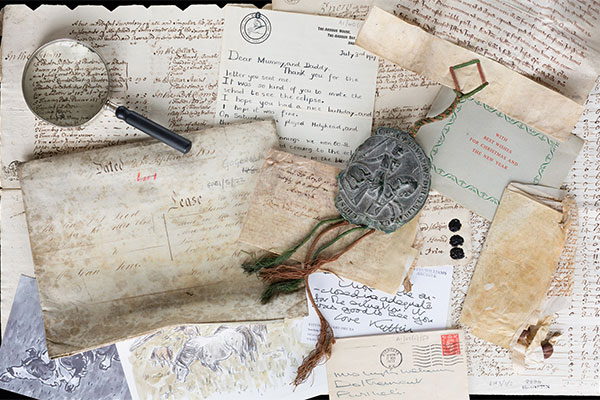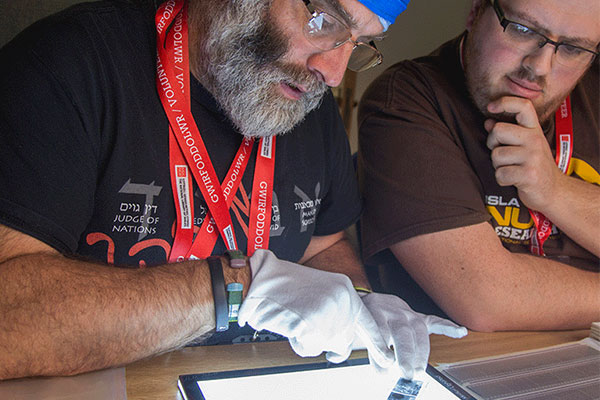Who was Boethius and what is De Consolatione Philosophiae?
De Consolatione Philosophiae was originally written by the author, poet and scholar Anicius Manlius Boethius (c. 480-524) in 524. He was a consul and a very powerful man in the Court of the King of Italy, Theodoric the Great (454-526). In 523 Boethius was wrongly accused of treason, and of planning and practising black magic against the King. He was imprisoned for a year in Ticinum (Pavia today), northern Italy where he was tortured until he died.
Whilst he was imprisoned it is believed that Boethius wrote a series of contemplations called De Consolatione Philosophiae, in the form of a conversation between himself and Lady Philosophy. In his work he reflected upon the false accusation and on the meaning of life. It became a very influential work in European culture, and across the centuries it has been translated by many notable authors such as Chaucer. The work had a great influence on many of Chaucer’s works, including The Canterbury Tales and Troilus and Criseyde. V.E. Watts stated ‘almost all the passages of philosophical reflection of any length in the works of Chaucer can be traced to Boethius’.




